Still wondering whether a 24 vs 27 inch monitor is better for you? Choosing the right screen size can change the way you game, work, or study every day. A 24-inch monitor is compact and budget-friendly, while a 27-inch monitor gives you more room to multitask and enjoy crisp visuals. Let’s compare the two so you can find the perfect fit for your setup.
How Monitor Size Is Measured
Before we dive into the comparison, let me quickly explain how monitor sizes work – it's actually pretty straightforward! Monitor size is measured diagonally from corner to corner, just like TVs. So when we say "24-inch monitor," we're talking about the diagonal distance across the screen.

Here's what that means in real dimensions:
- 24-inch monitor: About 21 inches wide and 12 inches tall
- 27-inch monitor: Roughly 24 inches wide and 13.5 inches tall
That 3-inch difference might not sound like much, but trust me – it translates to about 30% more screen space. It's like the difference between a medium and large pizza!
Why Monitor Size Matters for Use Case and Comfort
Your monitor size affects everything from how much you can see at once to how comfortable your neck feels after a long day. Here's why size matters more than you might think:

Viewing Distance: Larger monitors work best when you sit further back, while smaller ones are perfect for closer viewing. This directly impacts your comfort and eye strain.
Screen Real Estate: More space means you can have multiple windows open simultaneously without everything feeling cramped together.
Resolution Sweet Spot: Different sizes work better with different resolutions. A 27-inch monitor really shines with 1440p, while 24-inch looks great at 1080p.
Desk Space: Your available desk space will determine what fits comfortably in your setup without overwhelming your workspace.
Quick Comparison: 24-Inch vs. 27-Inch Monitors
Here’s a side-by-side look:
| Feature | 24-Inch Monitor | 27-Inch Monitor |
| Screen Size | 21" x 12" | 24" x 13.5" |
| Best Resolution | 1080p (Full HD) | 1440p (QHD) or 4K |
| Viewing Distance | 18-24 inches | 24-30 inches |
| Comfort Level | Easy on small desks | Needs more desk depth |
| Eye Strain | Lower at close distance | Better for extended use |
| Power Consumption | Lower | Slightly higher |
| Best For | Budget setups, smaller desks | Gaming, multitasking, creative work |
24-Inch vs. 27-Inch Monitor for Office Work
When it comes to getting work done, both sizes have their strengths. Let’s break down what works best for different office scenarios.
24-Inch Monitor for Work
A 24-inch monitor can be a solid choice for office work, especially if you're dealing with space or budget constraints. Here's when it makes sense:
- Perfect for Document Work: If you primarily work with Word documents, PDFs, or simple spreadsheets, 24 inches provides plenty of space without overwhelming your desk.
- Email and Communication: Email clients, Slack, and video calls look great on a 24-inch screen. You won't feel like you're squinting at tiny text or dealing with wasted space.
- Budget-Friendly Option: You'll save money that can go toward other office essentials like an ergonomic chair or better keyboard.
- Dual Monitor Friendly: Two 24-inch monitors side by side create an excellent dual-screen setup without taking up too much desk real estate.
27-Inch Monitor for Work
For most office workers, a 27-inch monitor is the sweet spot. Here's why it often wins for productivity:
- Excel Powerhouse: If you work with spreadsheets regularly, the extra screen space is a game-changer. You can see more columns and rows simultaneously, making data analysis much easier.
- Multitasking Master: You can comfortably have multiple windows open – think email, calendar, and documents all visible at once. No more constant alt-tabbing!
- Better for Design Work: Whether you're creating presentations, working with graphics, or doing any visual work, the larger canvas makes everything easier to see and edit.
- Reduced Eye Strain: Text appears larger at native resolution, which means less squinting during those long work sessions.
- Video Conferencing: Your colleagues won't look like tiny faces in a corner anymore. Video calls feel more natural and engaging.
Gaming is where personal preference really comes into play. Both sizes have devoted followings, and for good reasons.
24-Inch Monitor for Gaming
Competitive gamers often swear by 24-inch monitors, and there are solid reasons behind this preference:
- Competitive Advantage: Everything stays within your peripheral vision. You don't need to move your eyes much to catch movement in corners – crucial for FPS games like CS2, Valorant, or Overwatch.
- Higher Frame Rates: It's easier for your graphics card to push high frame rates at 1080p compared to 1440p. If you're chasing those smooth 144Hz or 240Hz experiences, 24-inch makes it more achievable.
- Faster Response: Many high-end 24-inch gaming monitors offer incredibly low input lag and fast response times, giving you that competitive edge.
- Budget Gaming: You can get an excellent 24-inch gaming monitor for less money, leaving more budget for your graphics card or other gaming gear.
27-Inch Monitor for Gaming
If you're more into immersive gaming experiences, 27-inch monitors offer some compelling advantages:
- Immersive Experience: RPGs, racing games, and story-driven adventures feel more engaging on a larger screen. It's like having a personal movie theater for gaming.
- Perfect for 1440p: This is where 27-inch monitors really shine. 1440p at 27 inches gives you that sweet spot of sharp detail without being too demanding on your system.
- Console Gaming: If you're gaming from your couch or sitting further from your desk, the larger screen provides better visibility and immersion.
- Single-Player Games: Open-world games like Cyberpunk 2077 or The Witcher 3 look absolutely stunning with more screen real estate to showcase those beautiful environments.
24-Inch vs. 27-Inch Monitor for Programming
As someone who's coded on both sizes, I can tell you that monitor choice can seriously impact your productivity as a developer.
24-Inch Monitor for Programming
Don't underestimate 24-inch monitors for coding – they can work really well in certain situations:
- Clean Code Display: At 1080p, text is crisp and readable. You can comfortably view about 80-100 characters per line and around 40-45 lines of code.
- Focused Coding: Some developers prefer the focused environment a smaller screen provides. Less distraction, more concentration on the code at hand.
- Dual Monitor Setup: Two 24-inch monitors can create an excellent development environment – IDE on one screen, browser/documentation on the other.
- Budget Development: If you're just starting out or working with tight budgets, a quality 24-inch monitor won't hold back your coding abilities.
27-Inch Monitor for Programming
For most programmers, 27-inch monitors offer significant advantages:
- More Code Visible: You can see 50+ lines of code and 120-140 characters per line comfortably. This is huge when debugging or reviewing large codebases.
- Better Multitasking: IDE, terminal, browser with documentation, and maybe even Slack – all visible simultaneously without feeling cramped.
- Reduced Scrolling: Less time scrolling through files means more time actually coding. Your workflow becomes noticeably smoother.
- Eye Comfort: Larger text at native resolution means less eye strain during those marathon coding sessions.
- Better for Code Reviews: When reviewing pull requests or collaborating with teammates, having more screen space to see changes side-by-side is invaluable.
Factors to Consider When Choosing
Before making your decision, think about these practical factors:
- Your Primary Use Case: Are you gaming competitively, working with spreadsheets, or coding all day? Your main activity should drive your choice.
- Desk Space: Measure your desk! A 27-inch monitor needs more depth and width to be comfortable. Make sure you have at least 24-30 inches of depth for proper viewing distance.
- Budget: 27-inch monitors typically cost 20-40% more than comparable 24-inch models. Factor this into your overall setup budget.
- Future Needs: Think about how your needs might change. That 27-inch monitor might serve you better as your work becomes more complex.
- Graphics Card: If you're gaming, make sure your GPU can handle the resolution you want. 1440p is more demanding than 1080p.
- Room Lighting: Larger monitors can be more affected by glare from windows or overhead lights. Consider your room setup.
24-Inch vs 27-Inch Monitor: Which One Should You Pick?
After weighing all the factors, here's my honest recommendation:
Choose 24-inch if you:
- Play competitive FPS games primarily
- Have limited desk space or budget
- Prefer everything within direct sight
- Need a secondary monitor for dual setups
Choose 27-inch if you:
- Do professional work, programming, or content creation
- Want better multitasking capabilities
- Enjoy immersive gaming experiences
- Have adequate desk space and budget
For most people, I'd lean toward the 27-inch monitor at 1440p. It's the sweet spot that handles work, gaming, and entertainment exceptionally well. However, the "perfect" choice really depends on your specific needs and constraints.
Conclusion
The 24-inch vs 27-inch monitor choice really comes down to your space, budget, and how you use your setup. If you’re on a budget, short on space, or into competitive gaming - 24-inch is your go-to. But if you love immersion, multitasking, or sharper visuals - 27-inch is worth the upgrade.
If you’re thinking of upgrading your desk setup, check out Spacet for smart accessories and ideas that make any monitor size feel like the perfect fit. Trust me, the right setup makes all the difference!
FAQs
- Should I go for a 24 inch or 27-inch monitor?
Go for 24-inch if you need something compact and budget-friendly. Choose 27-inch if you want more screen space and better resolution.
- Is a 27-inch monitor too big for work?
Not if you have enough desk space. For multitasking and creative work, 27-inch is often more comfortable.
- How much bigger is 27 to 24?
A 27-inch monitor has about 30% more screen space than a 24-inch.
- Is a 24-inch monitor enough?
Yes - for office tasks, casual gaming, or small setups, a 24-inch monitor is more than enough.

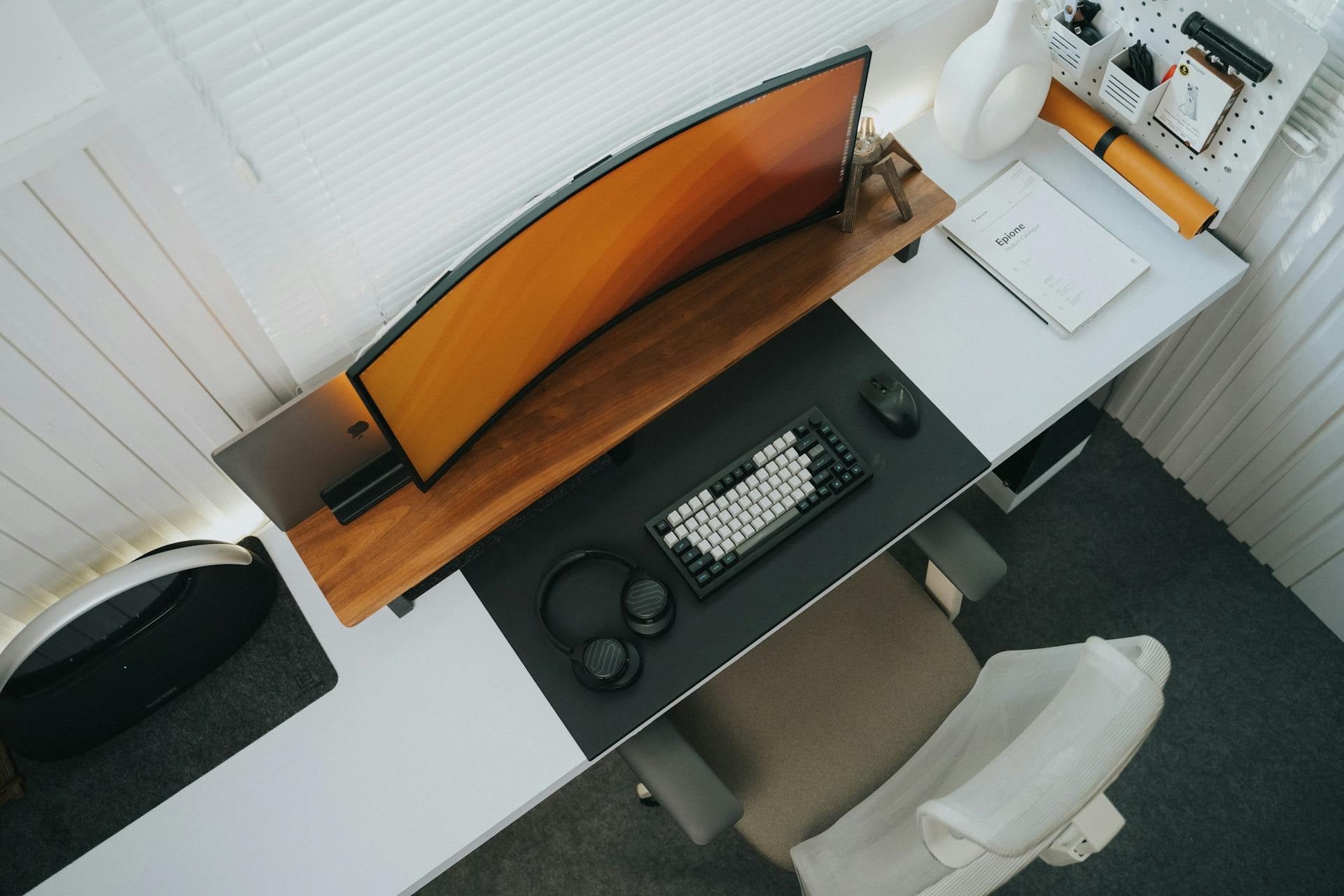
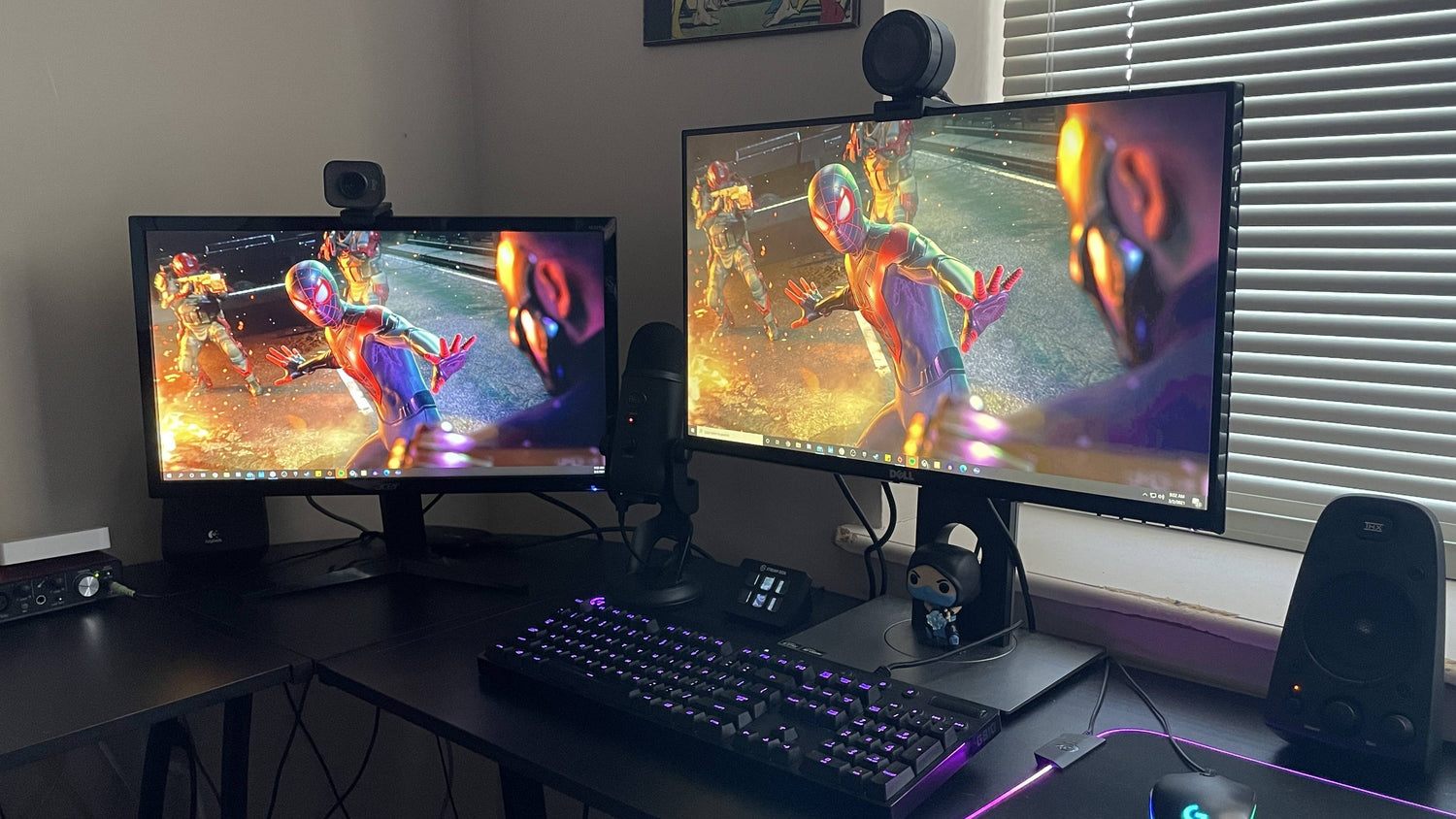
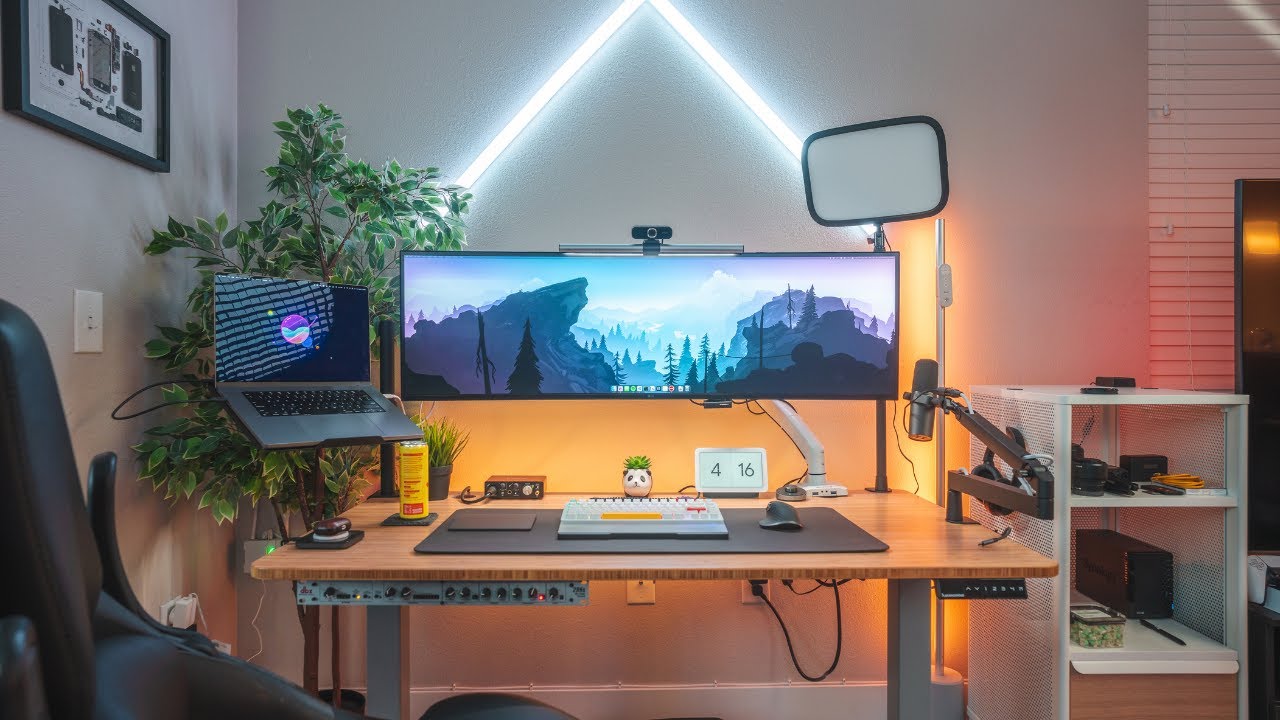
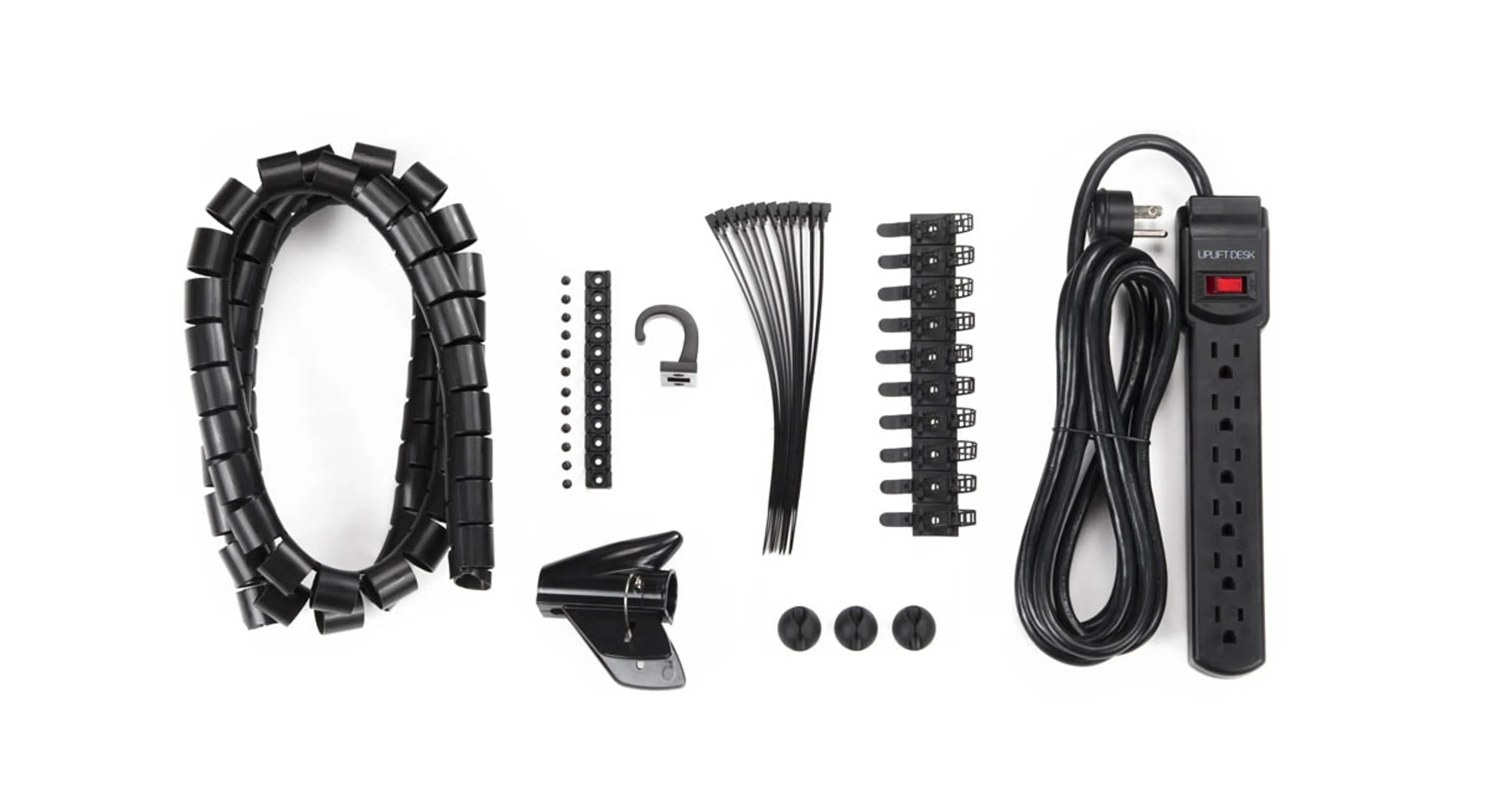
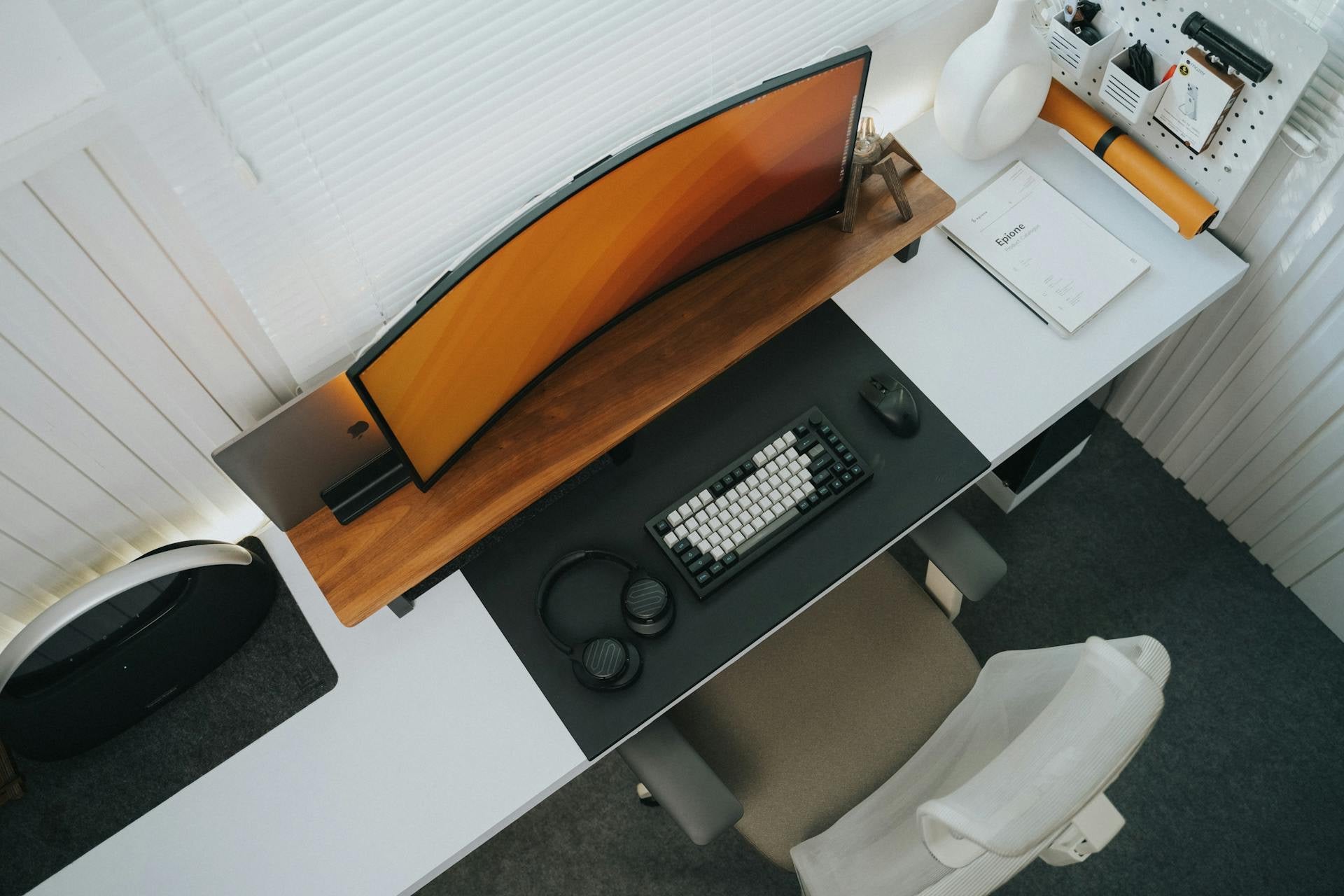
Leave a comment
This site is protected by hCaptcha and the hCaptcha Privacy Policy and Terms of Service apply.